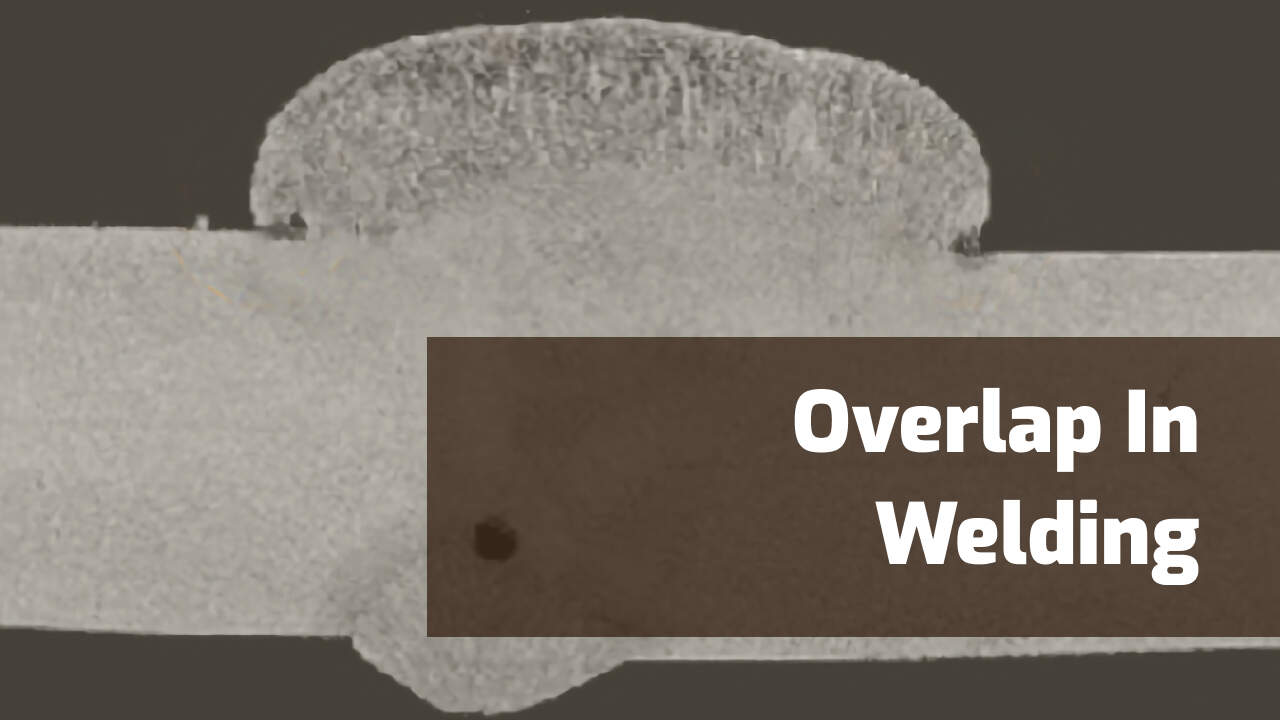Expert Approaches for Preventing Weld Undercut Successfully
Expert Approaches for Preventing Weld Undercut Successfully
Blog Article
A Comprehensive Guide to Identifying, Stopping, and Correcting Undercut Welding Troubles in Your Welding Tasks
In the realm of welding, encountering undercut problems is a common obstacle that can compromise the architectural honesty and general top quality of your welding projects. Remain tuned as we discover the necessary components of recognizing, avoiding, and taking care of undercut welding problems, offering you with useful understandings and techniques to boost your welding skills to the following level.
Typical Reasons For Undercut Welding
Undercut welding, a common issue in welding processes, can be created by numerous factors that need to be thoroughly determined and dealt with to make sure the stability of the weld joint. One of the main reasons of undercut welding is extreme warm input.
One more common reason for undercut welding is improper welding technique. Inadequate manipulation of the welding lantern or weapon, incorrect angle or distance between the work surface and the lantern, or inconsistent travel rate can all add to the formation of undercut. Furthermore, utilizing the incorrect welding consumables or electrode dimension for a specific joint setup can cause undercut problems. Identifying these source and executing restorative steps is crucial in preventing and rectifying undercut welding troubles in welding tasks.
Identifying Undercut in Welds

To identify undercut accurately, appropriate lights and magnifying devices are important to examine the weld joint completely. Making use of tools such as a welding gauge or a magnifying glass can aid in spotting also the smallest undercut imperfections. In addition, running a finger or a fingernail along the weld joint can in some cases expose undercut, as the surface may feel uneven or have a dip where the undercut exists.
Precautionary Procedures for Undercut
Having a deep understanding of the causes of undercut in welds allows for the application of effective preventative steps to keep weld high quality and integrity. These setups should be enhanced to prevent extreme heat input, which can lead to damage formation.

Methods for Repairing Undercut

To deal with undercut concerns properly, welders can use particular strategies targeted at correcting the defect and bring back the integrity of the weld joint. One method is to readjust the welding criteria, such as the voltage, present, and take a trip rate, to make certain correct warm input and fusion. Raising the welding existing or minimizing the traveling rate can assist fill out the undercut. In addition, altering the welding technique from a press to a drag or vice versa can additionally assist reduce undercut.
One more method is to make use of a weaving motion while welding to ensure proper sidewall fusion and fill in the undercut. By oscillating the welding arc back and forth within the weld joint, the welder can transfer more filler material into the undercut areas, properly eliminating the issue.
In addition, grinding out the undercut and rewelding the joint can be a reference practical remedy for more severe undercut problems - Preventing weld undercut. This procedure involves eliminating the undercut area, preparing the base metal, and then rewelding the joint with appropriate welding criteria and techniques to avoid undercut from repeating

Specialist Tips for Staying Clear Of Undercut
Making use of proper welding techniques and preserving control over crucial welding criteria are crucial techniques for welders intending to avoid undercut in their weld joints. One expert idea for avoiding undercut is to guarantee correct joint prep work. This includes cleansing the base metal extensively to get rid of any kind of pollutants that could result in undercut development. Additionally, choosing the ideal welding procedure and filler steel for the certain application can help stop undercut. Welders should likewise pay close attention to the welding present and voltage settings, guaranteeing they are within the recommended range to stay clear of getting too hot and prospective undercut. Preserving a constant travel speed throughout the welding process is an additional vital idea to avoid undercut. By moving at a steady rate, welders can guarantee appropriate fusion and reduce the probability of undercut development. Examining the weld grain after completion can assist identify any type of indications of undercut very early on, enabling for prompt rehabilitative activity to be taken.
Final Thought
In conclusion, identifying, avoiding, and taking care of undercut welding problems in your welding projects is important for ensuring long lasting and strong welds. Preventing weld undercut. By recognizing the usual root causes of undercut, having the ability to determine it in welds, applying safety nets, and image source utilizing appropriate methods for repairing undercut, you can stay clear of potential concerns and produce high-grade welds. Adhering to specialist tips for staying clear of undercut can aid you boost your welding skills and generate better results in your projects
Undercut welding, a typical problem in welding processes, can be caused by numerous aspects that need to be meticulously determined and resolved to ensure the stability of the weld joint. In addition, running a finger or a finger nail along the weld joint can in some cases disclose undercut, as the surface may really feel irregular or have a dip where the undercut exists.
Making use of correct welding methods and preserving control over vital welding criteria are essential strategies for welders aiming to read more avoid undercut in their weld joints.In conclusion, determining, stopping, and dealing with undercut welding problems in your welding projects is important for ensuring resilient and strong welds. By recognizing the usual reasons of undercut, being able to recognize it in welds, executing precautionary measures, and utilizing proper strategies for repairing undercut, you can stay clear of possible problems and create premium welds.
Report this page